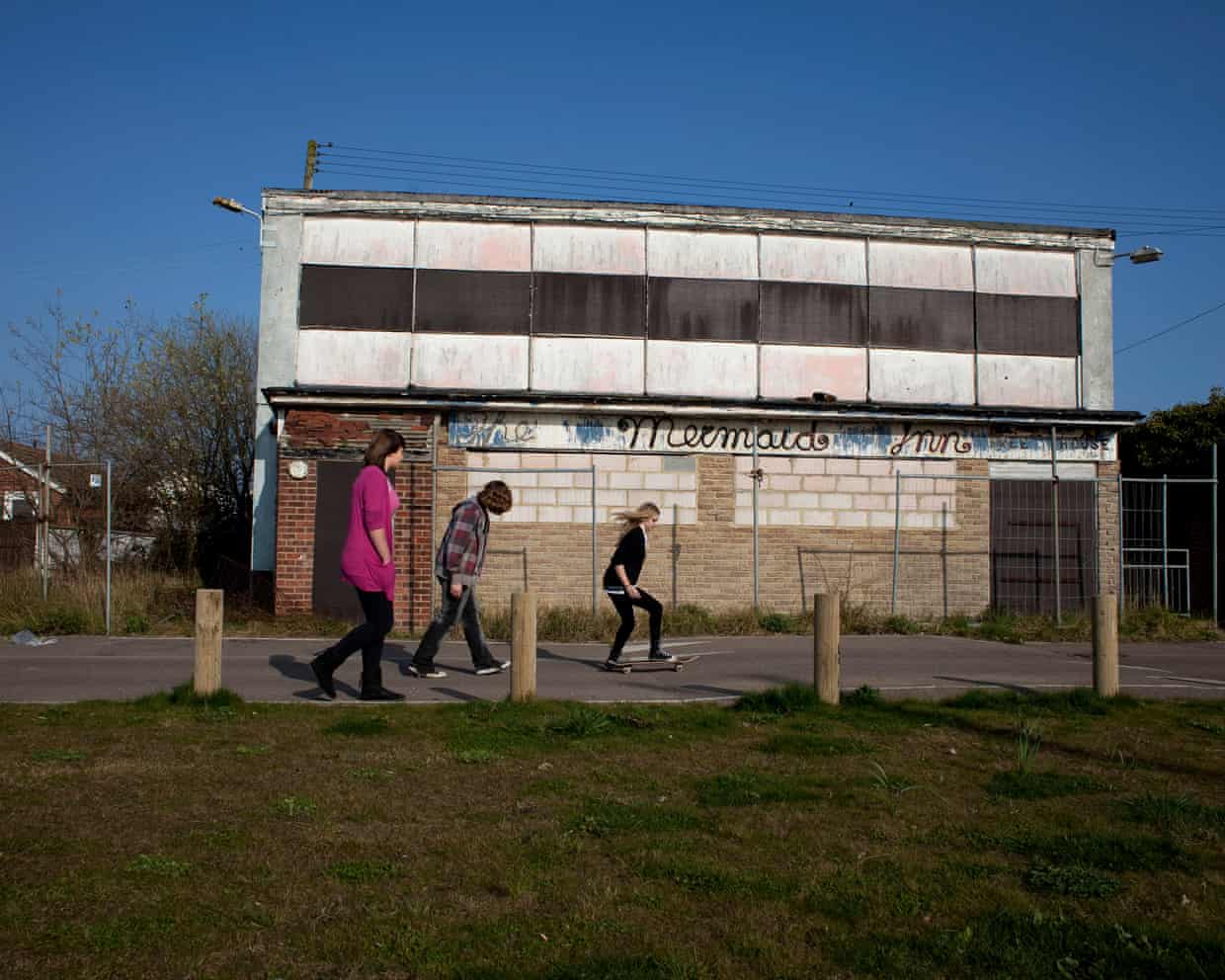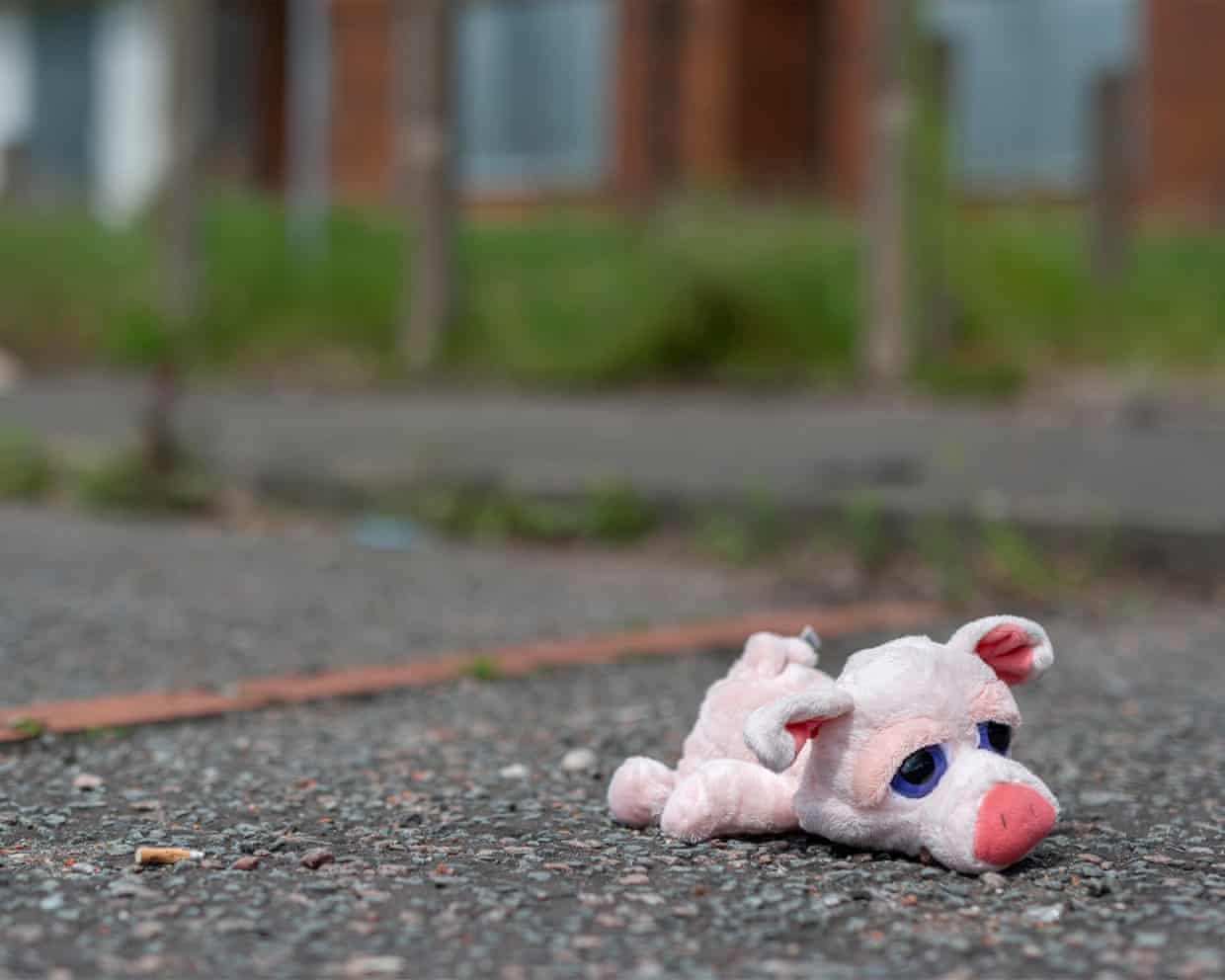How one bad oyster did for the Liberal party | Letter

The article on oysters (The £1 oyster: cut-price shellfish is all the rage – but is eating it advisable?, 27 October) brought to mind the significant role that a single oyster played historically in the decline of the Liberal party.In December 1914, Percy Illingworth, the universally respected Liberal chief whip, ate what turned out to be a bad oyster and died soon after from typhoid, aged only 45.Thereafter, Herbert Asquith had immense difficulty in finding an effective and trusted chief whip, finally ending up, in the hung parliament following the 1923 general election, with Vivian Phillipps, whose fatal flaw was that his personal loyalty to Asquith was coupled to a deep dislike of David Lloyd George.As the problematic parliamentary arithmetic of the first Labour govenment played out over the months of 1924, the split between Asquith and Lloyd George deepened, and Phillipps was unable to exercise the crucial unifying chief whip role, with disastrous results for the Liberal party thereafter.Thus a single oyster changed British political history.
Michael MeadowcroftFormer Liberal MP and deputy whip Have an opinion on anything you’ve read in the Guardian today? Please email us your letter and it will be considered for publication in our letters section,

Nearly 150,000 aged 90 and above wait 12 hours in England’s A&Es each year
Almost 150,000 people aged 90 and over in England are forced to wait longer than 12 hours in A&E every year, with some experiencing “truly shocking” waits of several days stuck in corridors, a report warns.Older people are also being left in their own excrement and wet beds for hours, denied pain relief and forced to watch and hear other patients die next to them because they end up waiting so long for care, according to Age UK.In total, more than 1 million patients aged 60 and over had to wait more than 12 hours to be transferred, admitted or discharged in type 1 emergency departments in 2024-25. One in three (33%) aged 90 or older – 149,293 – were forced to wait more than 12 hours.Caroline Abrahams, the charity director of Age UK, said: “What’s happening to some very ill older people when they come to A&E is a crisis hiding in plain sight which the government must face up to and take immediate action to resolve

Jaywick’s continued decline and intensifying London poverty tell same story of ‘broken’ Britain
It’s Jaywick again. For the fourth time in a row the tiny, apparently unprepossessing seaside village overlooking the north sea just down the coast from Clacton in Essex has reluctantly claimed the unenviable title of England’s most deprived neighbourhood.Top of the indices of multiple deprivation since 2010, Jaywick Sands, once a popular holiday destination for working-class Londoners, has become a emblem of “broken” Britain, an exemplar of economic neglect, austerity and social breakdown, compounded by geographic isolation.Its local MP, Reform leader Nigel Farage, seemed unusually vague when asked about Jaywick’s travails on Thursday. Parts of it, he opined, seemed “depressed,” adding that he was “obviously sad that things aren’t improving more quickly”

Living with the hidden horrors of illegal HMOs | Letters
The organisation complicit in allowing two illegal houses in multiple occupation (HMOs) in my block of six flats is a housing association (The crimewave sweeping Britain? Illegal houses in multiple occupation, 24 October). The owners of the HMOs, both property companies, have rented their flats to up to eight single adults over the past 15 years. The flats are registered by the local council as suitable for renting to three unrelated adults.Aditya Chakrabortty’s description of the outside of the HMO he mentions, with its jumble of bags and suitcases, describes the front garden of my block to a T as long as you add in broken furniture and urine-soaked mattresses, which are eventually removed by the housing association. Inside the block, cockroaches can be seen crawling around the front door of one of the HMOs, and all of the block’s kitchens and bathrooms have been invaded by cockroaches that were released when the other HMO was undergoing major renovations

Why can’t we eradicate both pensioner and child poverty? | Letters
“As long as a third of children are living below the poverty line, the government cannot justify keeping the pensions triple lock,” says the subheading on Polly Toynbee’s article (What kind of country puts its pensioners ahead of children in poverty?, 24 October).I agree completely that it is an outrage so many children are living in poverty, but pitting one generation against another is not a solution. More than 2 million people over the age of 65 are living in poverty. Poverty rates are even higher among those approaching state pension age, which raises concerns about the immediate future, even with the safety net of the triple lock in place. There is also no guarantee that saving money on the triple lock will be put to the benefit of impoverished children

Alan Kilburn obituary
My father, Alan Kilburn, who has died aged 89, was an influential figure in the social housing sector. Under his leadership in the 1980s the housing association North Housing undertook a series of major regenerative projects, including the renovation of several Georgian and Victorian terraces in Newcastle upon Tyne. Throughout, Alan always insisted to tenants that they lived in “our house, but your home”.He also served as president of the Chartered Institute of Housing in 1982-83, and was a participant in the Duke of Edinburgh’s Inquiry into British Housing (1985), later introducing Prince Philip to tenants at Deckham in Gateshead.The 80s also saw the drastic reduction of government grants to housing associations

Almost all children in 73 areas of England live in low-income households
Almost 100% of children in 73 neighbourhoods in England are living in income-deprived families, according to new measures that factor in the impact of soaring rents.Changes to official measures reveal the neighbourhoods where in effect all children live in low-income households. Of these, 31 are in inner London boroughs with high housing costs such as Tower Hamlets, Hackney, Haringey and Westminster.The new indices of multiple deprivation confirm that attempts at levelling up have failed to shift stubbornly high levels of deprivation in so-called left-behind towns and cities in the Midlands and north of England.Blackpool, Middlesbrough, Burnley, Manchester and Birmingham are the top five most deprived local authority areas

England looking for northern stronghold to relight Ashes fire after Wembley letdown

Ireland and All Blacks back in Chicago with memories of 2016 on the mind

Australia beat India by four wickets: second men’s Twenty20 international – as it happened

Australia’s Harry Wilson rejects claims Wallabies use illegal breakdown tactics

‘He’s a true legend’: what now for Frankie Dettori as racing’s biggest name leaves the stage?

My friend Pancho’s long life is a gift. Most racehorses never get that chance | Elizabeth Banicki